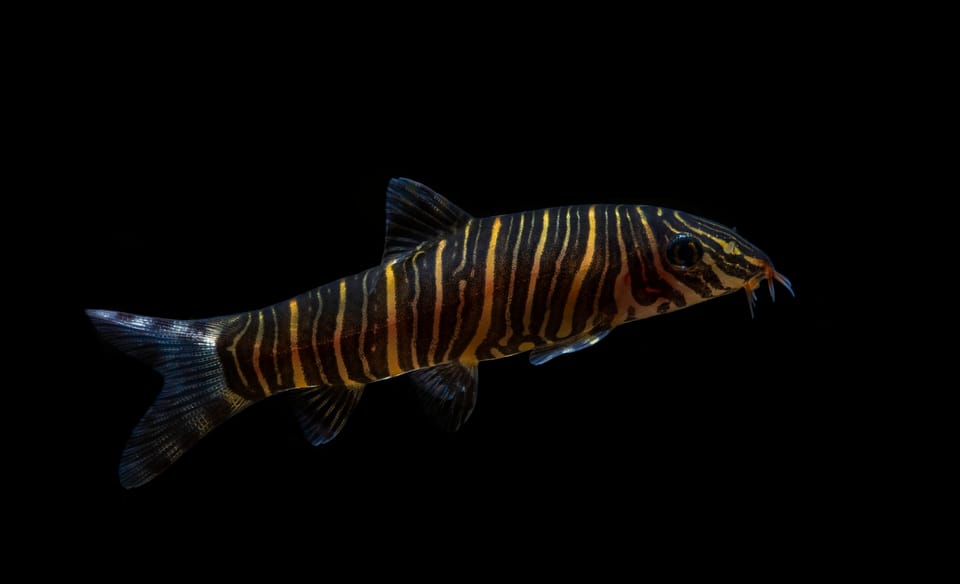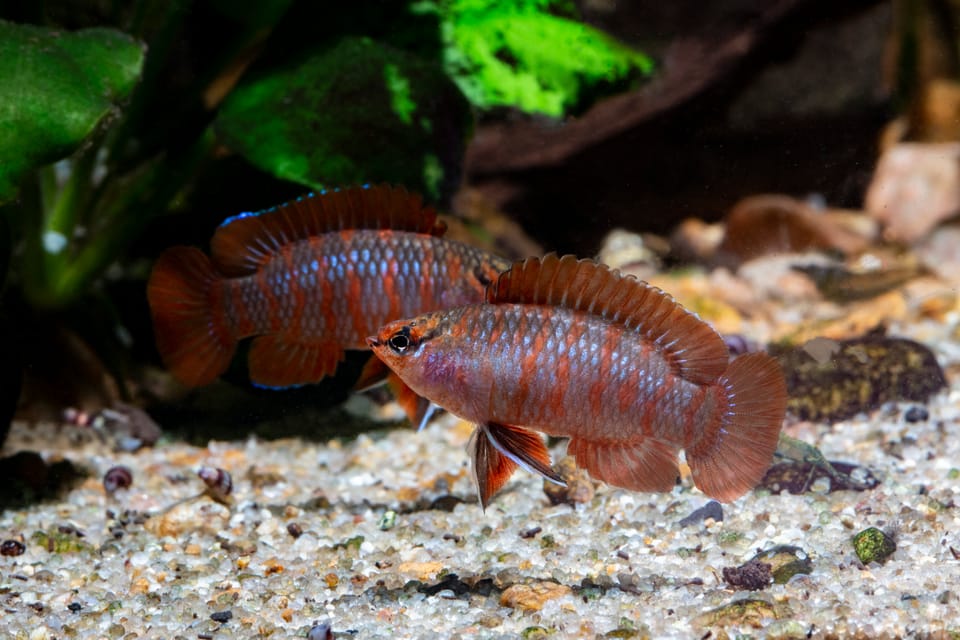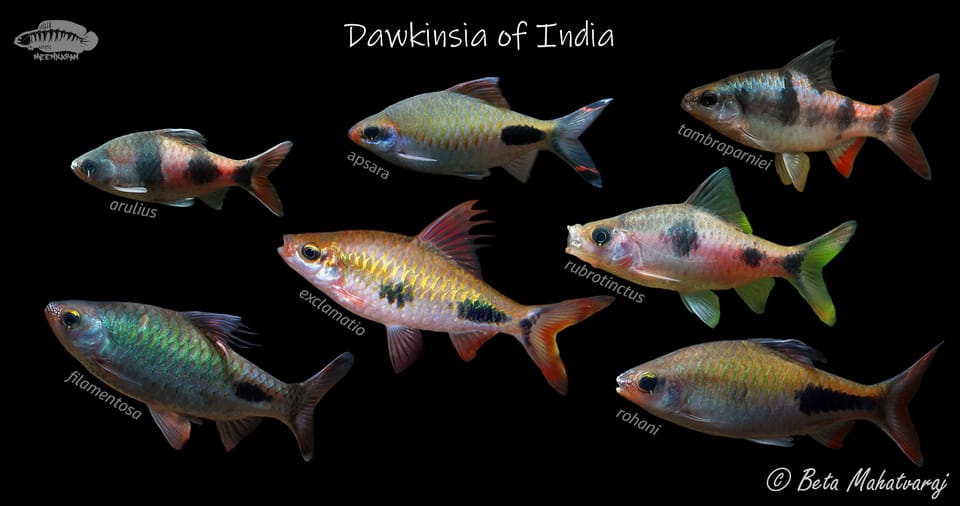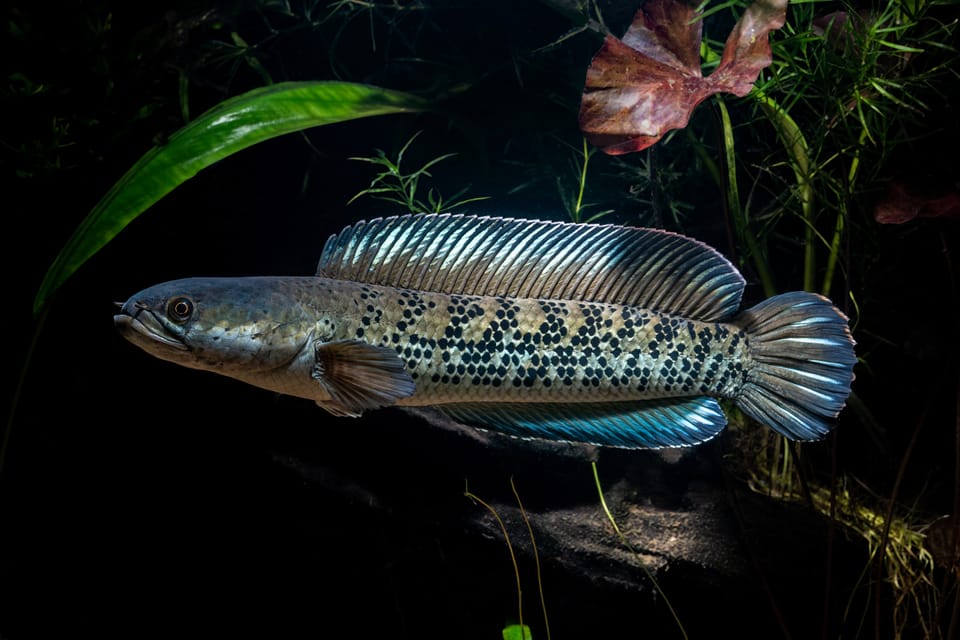Channa amphibeus |Re-discovered after more than 85 years!
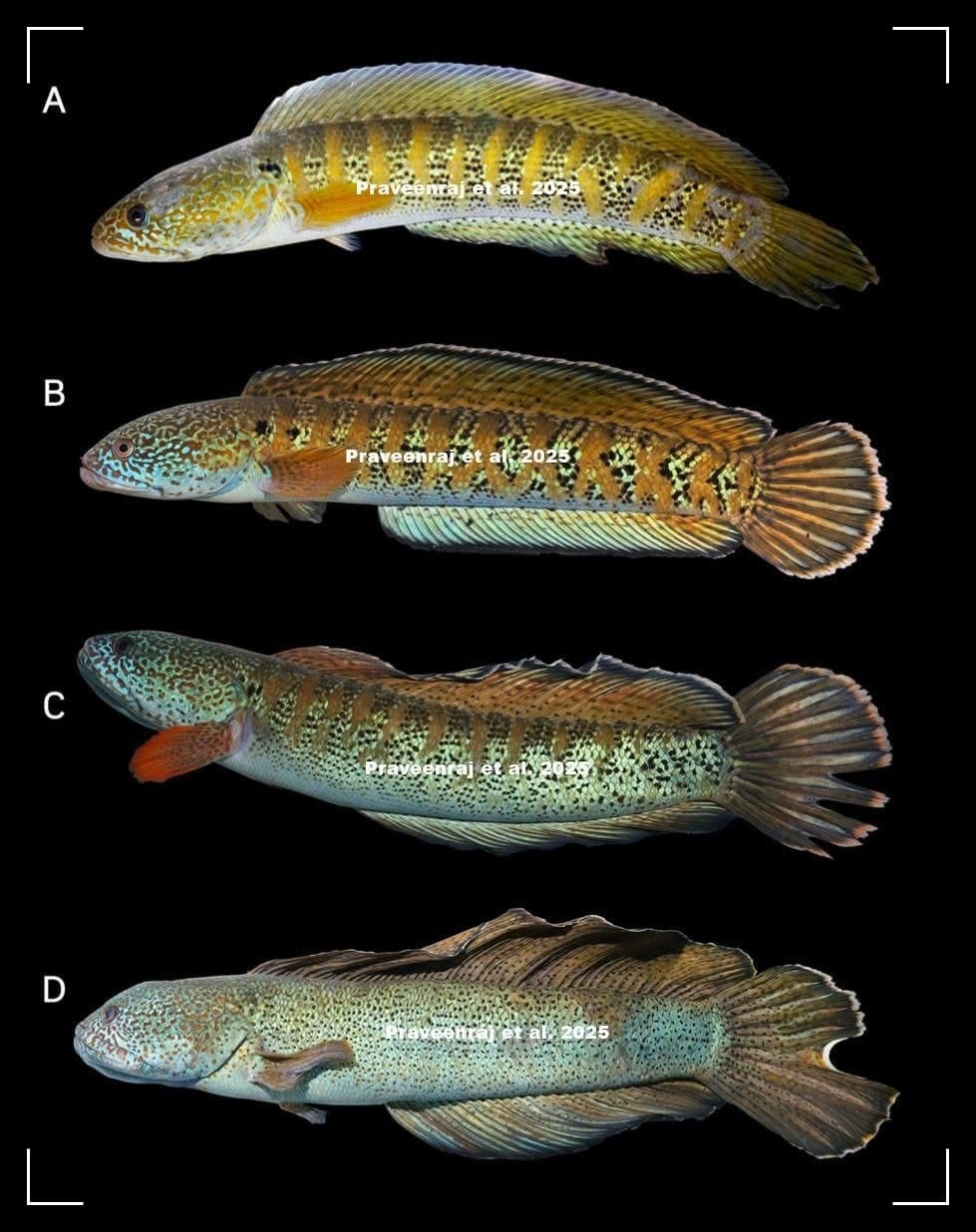
Reprinted from the original article. The authors copyright all images and content.
Dubbed the world’s most elusive snakehead, 𝐶ℎ𝑎𝑛𝑛𝑎 𝑎𝑚𝑝ℎ𝑖𝑏𝑒𝑢𝑠, a species endemic to the Chel River in northern Bengal, India, was last recorded in 1933, leading to speculations that it may have gone extinct. In this paper, researchers report the re-discovery of the species after more than 85 years, based on three specimens collected in 2024.
Paywall - https://www.mapress.com/zt/article/view/zootaxa.5583.1.4
This rediscovery has created a lot of buzz online with hobbyists, including with videos falsely claiming to be 𝐶ℎ𝑎𝑛𝑛𝑎 𝑎𝑚𝑝ℎ𝑖𝑏𝑒𝑢𝑠 circulating. There is one genuine video (so far) widely published from the single specimen imported to Japan.
𝗥𝗲𝘀𝗲𝗮𝗿𝗰𝗵 𝗧𝗶𝘁𝗹𝗲
Lost for more than 85 years - rediscovery of 𝐶ℎ𝑎𝑛𝑛𝑎 𝑎𝑚𝑝ℎ𝑖𝑏𝑒𝑢𝑠 (McClelland, 1845), the world’s most elusive snakehead species (Teleostei, Labyrinthici, Channidae)
𝗖𝗶𝘁𝗮𝘁𝗶𝗼𝗻
Jayasimhan Praveenraj, Tejas Thackeray, Nallathambi Moulitharan, Balaji Vijayakrishnan, Gourab Kumar Nanda, Lost for more than 85 years - rediscovery of 𝐶ℎ𝑎𝑛𝑛𝑎 𝑎𝑚𝑝ℎ𝑖𝑏𝑒𝑢𝑠 (McClelland, 1845), the world’s most elusive snakehead species (Teleostei, Labyrinthici, Channidae). Zootaxa, Vol. 5583 No. 1: 31 Jan. 2025, DOI: https://doi.org/10.11646/zootaxa.5583.1.4
𝗔𝗯𝘀𝘁𝗿𝗮𝗰𝘁
The Chel Snakehead or Bora Chung, 𝐶ℎ𝑎𝑛𝑛𝑎 𝑎𝑚𝑝ℎ𝑖𝑏𝑒𝑢𝑠, is a large snakehead species endemic to the Himalayan region of India. Channa amphibeus was last recorded from specimens collected in the years between 1918 and 1933 (Shaw & Shebbeare 1938), leading to speculations that it may have gone extinct.
Here, we report the re-discovery of the species after more than 85 years, based on three specimens collected in the year 2024, and additional photographic records. We also provide the first live image of 𝐶. 𝑎𝑚𝑝ℎ𝑖𝑏𝑒𝑢𝑠, along with biometric, and genetic data.
𝗣𝗵𝗼𝘁𝗼 𝗖𝗿𝗲𝗱𝗶𝘁
𝐶ℎ𝑎𝑛𝑛𝑎 𝑎𝑚𝑝ℎ𝑖𝑏𝑒𝑢𝑠, showing live colouration (A) KUFOS-AN-2024.12, 205.0 mm SL, female (B) ca. 270.0 mm SL, male (C) ca. 350 mm SL, male (D) ca. 500 mm SL, adult male (B, C, & D, not fixed and catalogued). Jayasimhan Praveenraj, et al.
Copyright © 2025 the Author(s). Published in Zootaxa journal.
Ichthyology #Taxonomy #Biodiversity #Aquarium #AquariumHobby #Fishkeeping #Fishkeeper #Aquarist #Channa #Channidae #LostSpecies #ChannaAmphibeus #ChelSnakehead #Snakehead #Snakeheads #BoraChung #ChelRiver #Bengal #India #ChannaBarca #Himalayas
The Weekend Aquarist looks forward to an interview with the researchers soon. Watch this space for more!
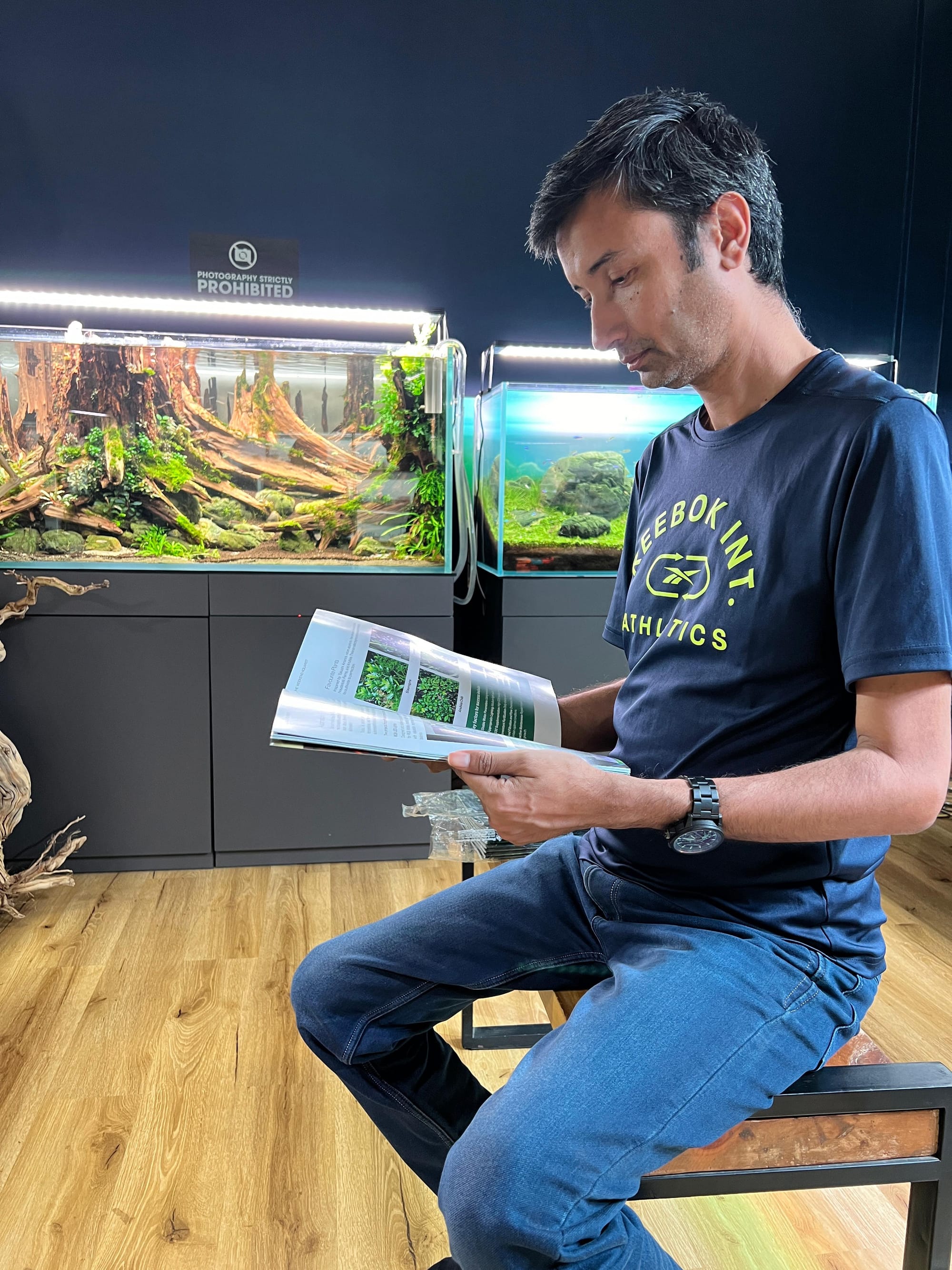
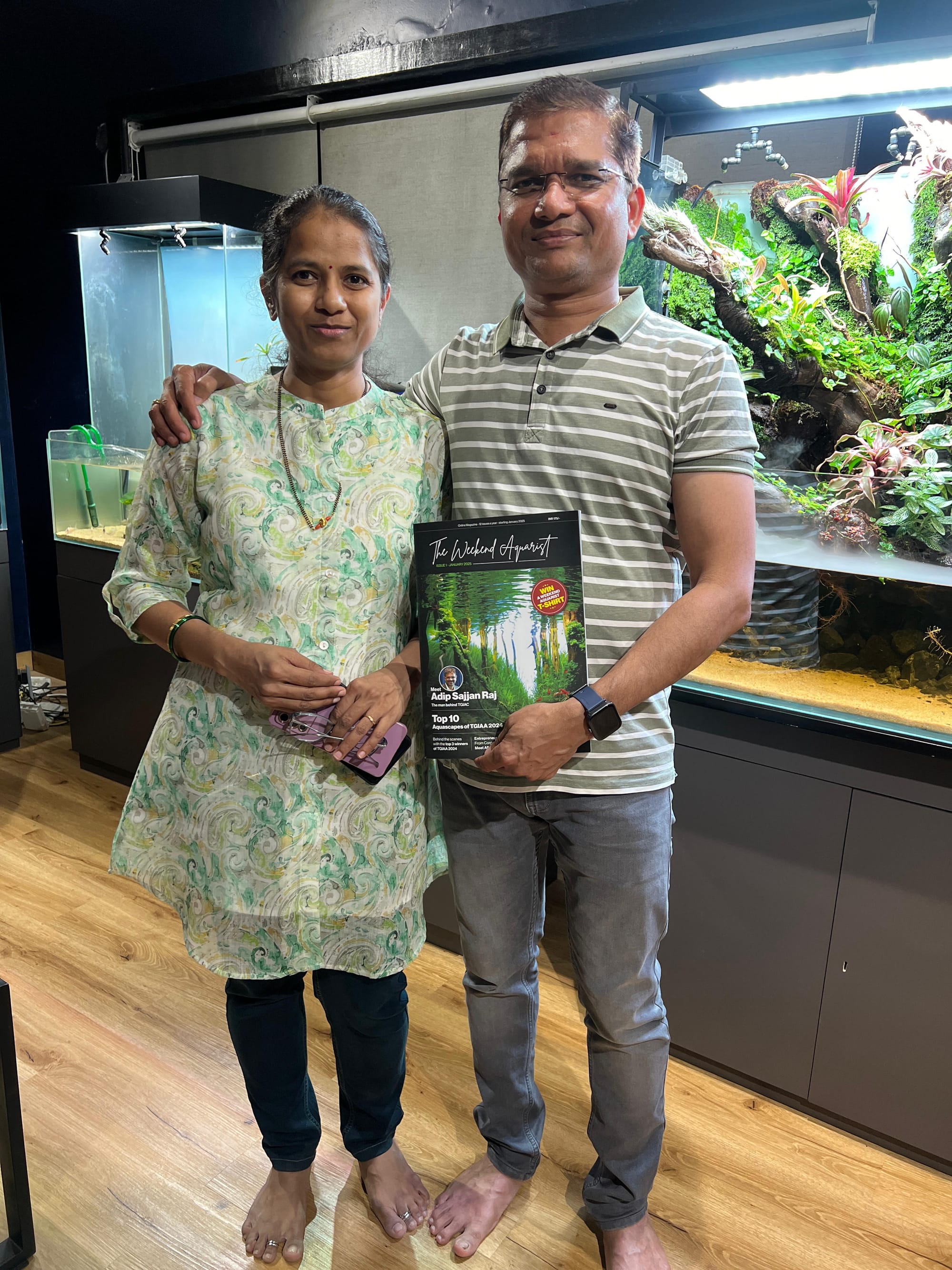
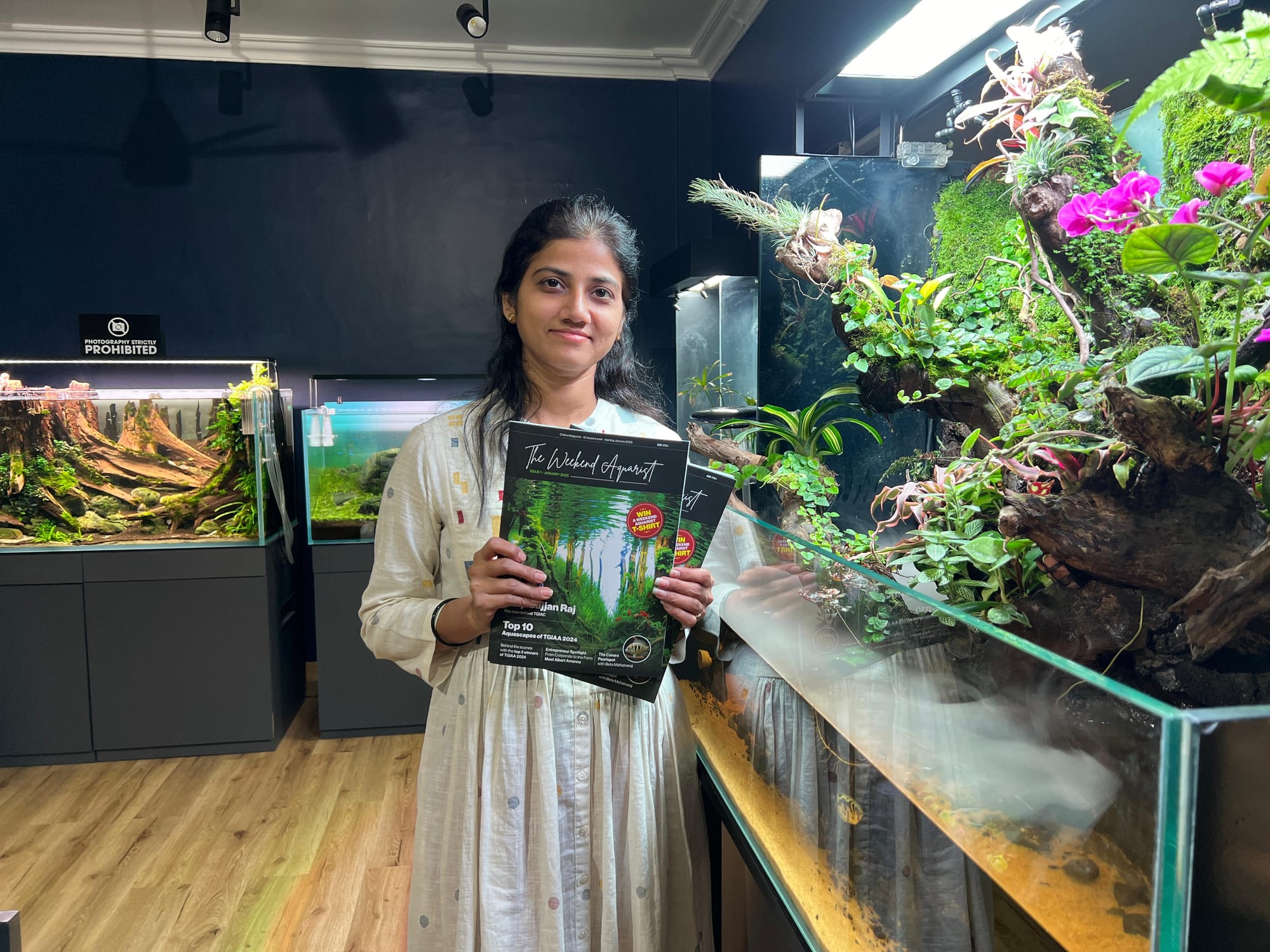
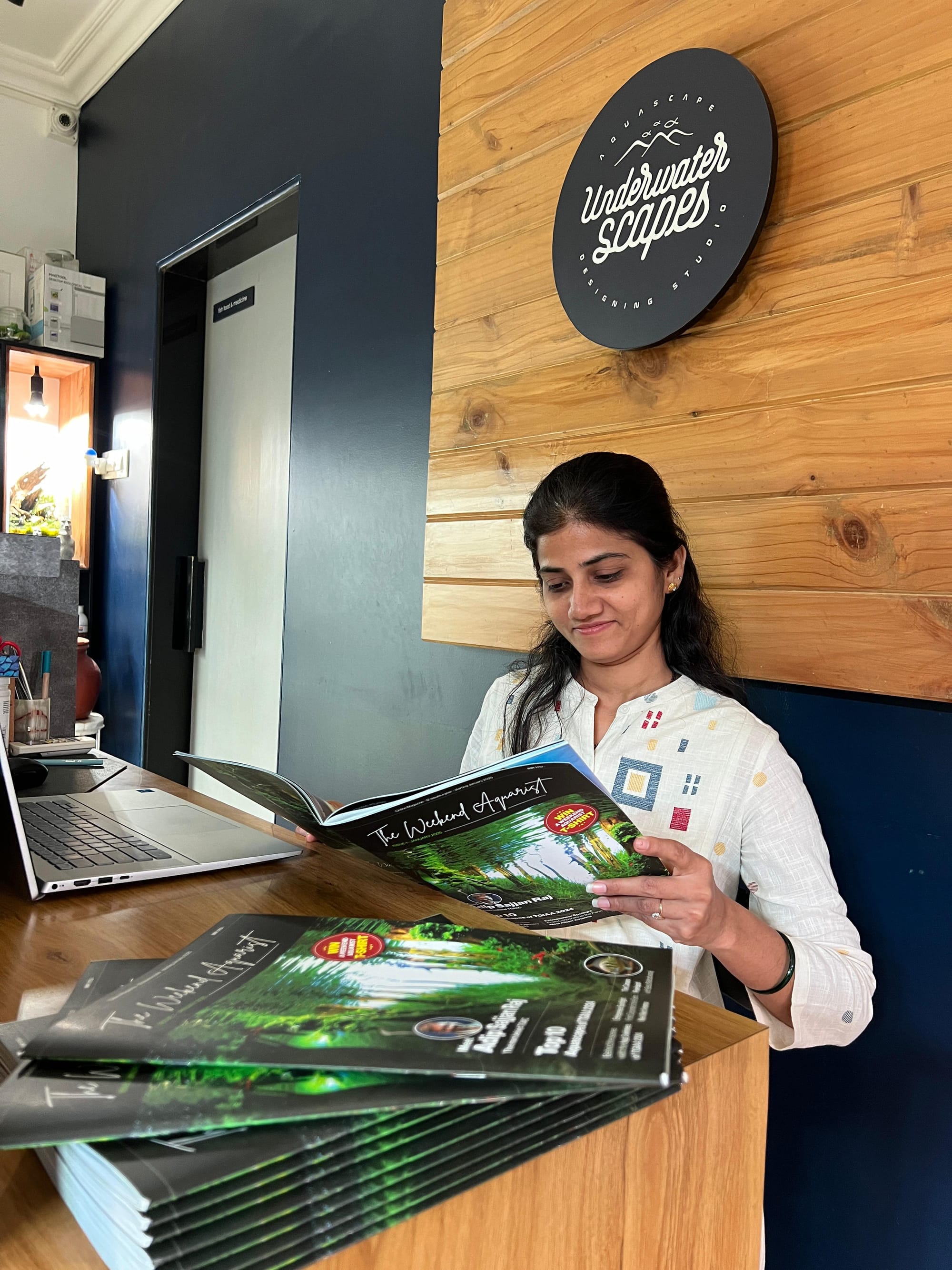
This made our day! First customers enjoying the First Edition (Print) of The Weekend Aquarist Magazine. Check for the printed magazine availability at your nearest aquarium store.
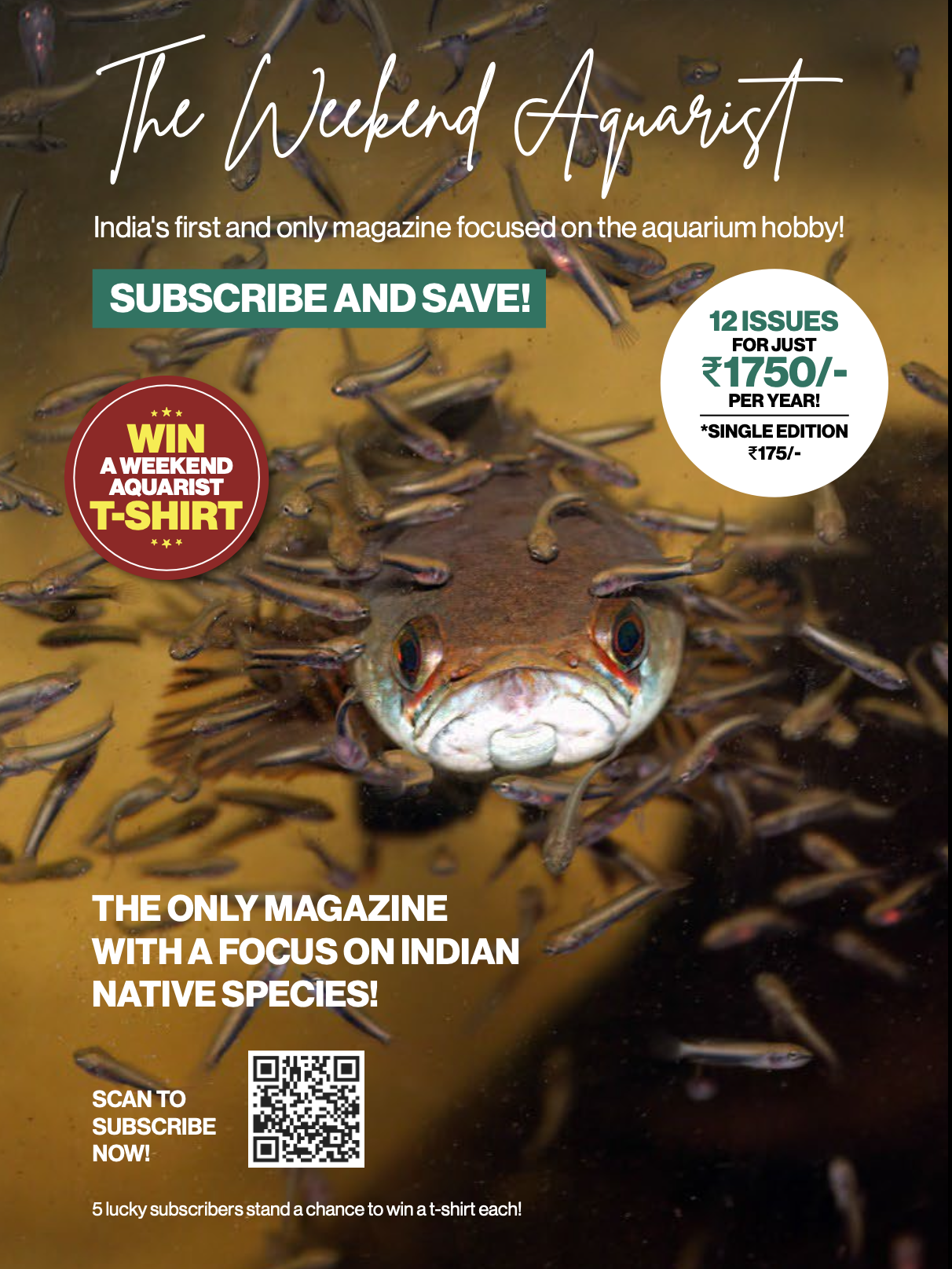
A Journey of Patience and Persistence: Breeding Philippine Blue Angels
By: Jayanth Jadhav, Hobbyist breeder from Bangalore
Introduction: A Gift That Sparked a Passion
In 2019, my father gifted me fifty tiny Philippine Blue Angelfish, each no bigger than a five-rupee coin. I had no idea then that these delicate, shimmering fish would lead me on an unforgettable journey of learning, patience, and passion. Over the next few months, I watched in awe as these little angels grew into vibrant, majestic adults. Soon, they began pairing off, signalling the start of my unexpected adventure into fish breeding.
The First Challenge: Too Many Pairs, Too Little Knowledge
Whenever I noticed a pair separating from the school, I moved them to spare tanks in my storeroom, hoping to give them space to breed. Before I knew it, I had almost 20 pairs! But there was a problem—I had no clue how to breed them. Plus, I didn't have enough tanks to accommodate them all.
With limited space and growing frustration, I gave away several pairs to fellow hobbyists, keeping only seven or eight. But even with fewer pairs, I was completely lost. The internet, instead of offering clarity, overwhelmed me with conflicting advice. Each YouTuber had their own method, and as a young boy, it all felt too complicated. Desperate to succeed, I tried every method I could find online.
Philippine Blue Angelfish laying eggs
Failure After Failure: The Struggle to Hatch Eggs
Every 14-15 days, my angelfish laid thousands of eggs. But despite my best efforts, not a single one hatched. A month passed with no success, and I began to lose hope. I started to wonder if I’d ever see those beautiful fry swimming in my tanks.
When I was about to give up, I stumbled upon a WhatsApp group of angel breeders. I shared my struggles, hoping someone would guide me. The responses were varied and only added to my confusion—some said my angels might be sterile, others told me not to remove the eggs from the parents, and a few insisted on separating them.
Hatched eggs showing wrigglers emerging
A Breakthrough: Finding the Right Mentor
Amid the sea of advice, one experienced breeder noticed my persistence and reached out to me personally. He offered to guide me step-by-step. His mentorship was a turning point. With his help, I finally managed to hatch the eggs and saw the tiny fry swimming for the first time. It was a moment of pure joy—I felt like I had conquered an impossible challenge.
But my happiness was short-lived. The fry began to grow but didn’t survive for long. Week after week, I lost entire batches, and neither I nor my mentor could figure out why.
About 20 days old...freely swimming and exploring
Another Lesson Learned: The Importance of Separation
After much trial and error, my mentor discovered the problem: I was mixing fry from different pairs. This seemingly small mistake was causing their deaths. While I now knew the issue, I didn’t have enough tanks to keep each batch separate. I didn’t want to burden my parents by asking for more tanks, so I turned to my friends in the hobby. Thankfully, they generously gave me spare tanks they no longer needed.
With enough tanks, I began separating fry from different pairs, expecting success—but to my dismay, the fry still didn’t survive. Frustration set in again, and I found myself back at square one.
45 Days later...
The Final Piece of the Puzzle: The Power of Water Depth
Determined to find a solution, I returned to the internet. This time, I came across a YouTuber who shared a tip that changed everything: keep the water height between 4-6 inches. I had been maintaining 12-15 inches in my tanks, unaware that the water pressure was too much for the tiny fry. They were struggling to swim, and the stress was killing them.
Armed with this new knowledge, I gave breeding one last shot. I adjusted the water levels, paid careful attention to water quality, and monitored the fry closely. Finally, success! A pair of angels laid eggs, and after a month of dedicated care, I successfully raised a batch of 20-30 angels. It was one of the proudest moments of my life—I felt like I had truly achieved something significant.
Breeding Naturally: Trusting the Parents
While I had learned to raise fry artificially, I always dreamed of seeing the fry grow up with their parents. Through further research, I discovered that it takes a pair of angels about 15-20 attempts to learn how to raise their young. With my limited tank space, I allowed a few pairs to breed naturally. Over time, I witnessed the incredible sight of parents successfully raising their fry, guiding them towards the surface, and ensuring their survival even in larger tanks.
An incredible sight...
Conclusion: Lessons Beyond Breeding
My journey with Philippine Blue Angels taught me far more than just how to breed fish. I gained invaluable knowledge about water quality, feeding, and the importance of patience and persistence. These lessons laid a strong foundation for my future breeding projects, allowing me to approach other species with confidence and success.
Looking back, the challenges, failures, and small victories shaped me as a hobbyist. What started as a simple gift from my father became a transformative experience that deepened my love for the aquarium hobby. And for that, I will always be grateful.
About the Author
Jayanth is an BBA student and passionate aquarist known for his dedication to the hobby. He recently shared his journey in the 'Chalo Japan' interview, discussing his experiences in aquascaping and breeding. His story reflects the perseverance and love for learning that defines many in the aquarium community.
If you haven't seen the "Chalo Japan" Podcast episode, see it now.
Watch as the 1st Graduates from ADA's school of Aquascaping share their journey.

